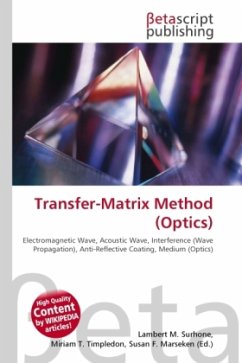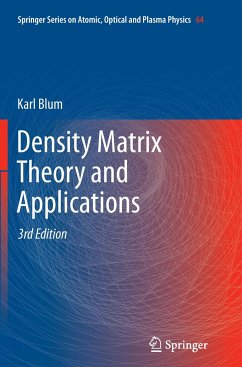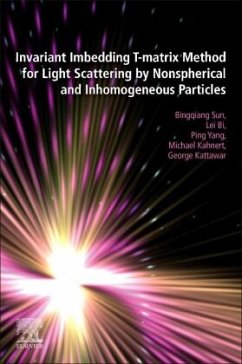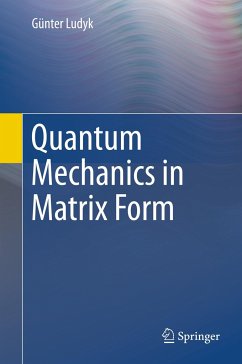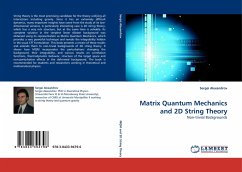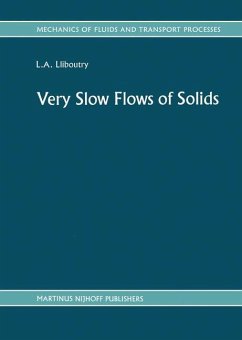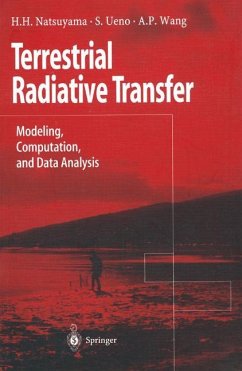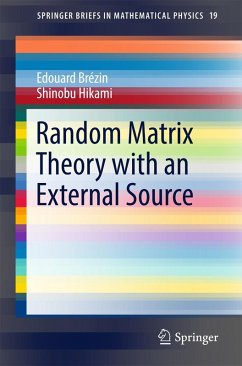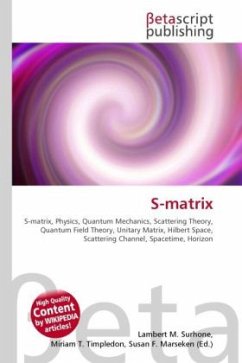
S-matrix
Versandkostenfrei!
Versandfertig in 6-10 Tagen
32,99 €
inkl. MwSt.

PAYBACK Punkte
16 °P sammeln!
High Quality Content by WIKIPEDIA articles! In physics, the scattering matrix relates the initial state and the final state for an interaction of particles. It is used in quantum mechanics, scattering theory and quantum field theory. More formally, the S-matrix is defined as the unitary matrix connecting asymptotic particle states in the Hilbert space of physical states. While the S-matrix may be defined for any background that is asymptotically solvable and has no horizons, it has a simple form in the case of the Minkowski space. In this special case, the Hilbert space is a space of irreducib...
High Quality Content by WIKIPEDIA articles! In physics, the scattering matrix relates the initial state and the final state for an interaction of particles. It is used in quantum mechanics, scattering theory and quantum field theory. More formally, the S-matrix is defined as the unitary matrix connecting asymptotic particle states in the Hilbert space of physical states. While the S-matrix may be defined for any background that is asymptotically solvable and has no horizons, it has a simple form in the case of the Minkowski space. In this special case, the Hilbert space is a space of irreducible unitary representations of the inhomogeneous Lorentz group; the S-matrix is the evolution operator between time equal to minus infinity, and time equal to plus infinity. It can be shown that if a quantum field theory in Minkowski space has a mass gap, the state in the asymptotic past and in the asymptotic future are both described by Fock spaces.



